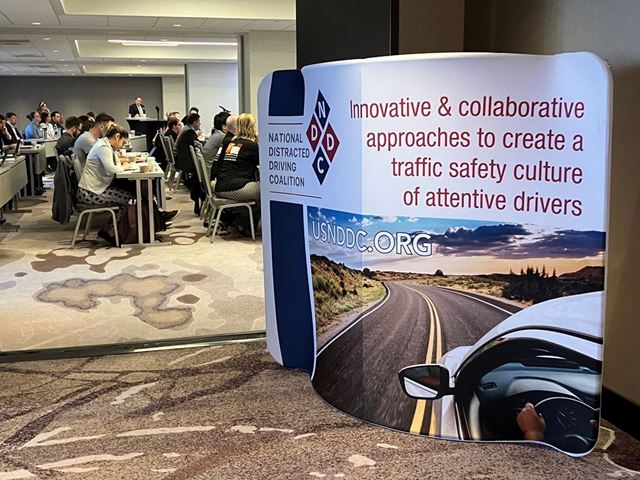
- Latest: Welcome to Auto Futures - Mobility News, Features, Exclusives and More...
- Latest: China's NIO & GAC Announce Partnership on EV Charging & Battery Swapping
- Latest: Automobili Pininfarina Unveils Electric Battista Cinquantacinque
- Latest: UK Self-Driving Startup Wayve Raises Over $1 Billion Led by SoftBank
- Latest: Mercedes-Benz Trucks Sends eActros 600 on Test run in 20 European Countries
- Latest: How Graphjet Technology is Producing Graphite out of Waste - CEO
"These Technologies are Here. They are Available. They are Ready" - a Special Report on How Technology Can Stop Distracted Driving
Lynn Walford
- May 01 2023
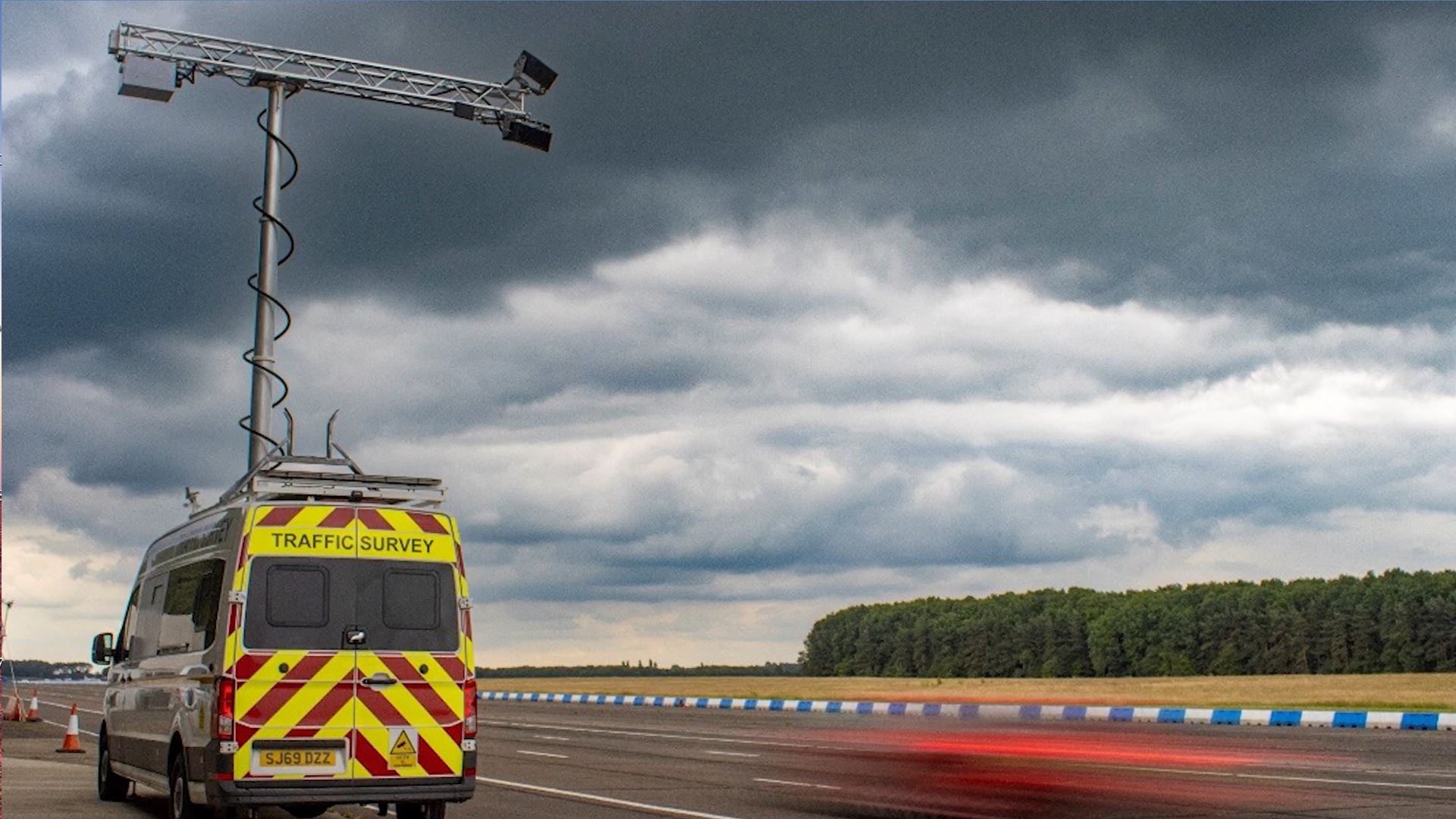
The National Distracted Driving Coalition presented 'Seeking Solutions to Eliminate Distracted Driving National Meeting & Technology Solutions Showcase' in Washington, DC. The event brought together researchers, non-profits, government entities and technology companies to combat the distracted driving crisis.
How to Bring an End to Distracted Driving
Steve Keifer, Former President of General Motors International, who retired on April 1 to devote his time to the Keifer Foundation, talked about the tragic loss of his son and introduced the companies that offer solutions to prevent distracted driving.
"The Keifer Foundation was founded nearly seven years ago in honour of my son Mitchell Kiefer. Mitchell was killed by a distracted driver in his first month at Michigan State University," says Kiefer.
"What is even more painful is that in the nearly seven years since we lost Mitchell, nearly 7 million people have died around the world on the roadways in traffic crashes," he says.
"I am pleased that so many like-minded folks are going to be talking about technology and innovative ways that we can bring an end to distracted driving. As you can imagine, this is extremely personal for me - I can not stand the thought of another family losing a loved one to distracted driving," he adds.

How to Stop Mobile Phone Addiction - Do Not Disturb!
The addiction to cell phone use while driving is serious and preventable.
"''Just say no' does not work. We know it doesn't work with drugs. And it doesn't work with the addiction that these things provide. And it is an addiction. They are designed to be addictive by the folks who put them together. So every death and every injury from these crashes is 100% preventable," says Bruce Landsberg, Vice Chairman of the National Transportation Safety Board.
He reported that NHTSA analysis found that distracted driving costs the country about $100 billion a year.
Speakers at the event explained how technology can help prevent distractions.
Ian Reagan, Senior Research Scientist, Insurance Institute for Highway Safety (IIHS), reported on how helpful 'Do Not Disturb' while driving applications are because they prevent incoming notifications. Getting users to turn on the features is challenging because they are designed so that the user has to opt-in.
"And we found out that only about 20% of the iPhone owners that we polled had it set to turn on automatically," he notes.
He also reported that safety systems such as Automatic Emergency Braking and Lane Departure Warnings prevent accidents. IIHS sees automated enforcement as an "untapped potential".
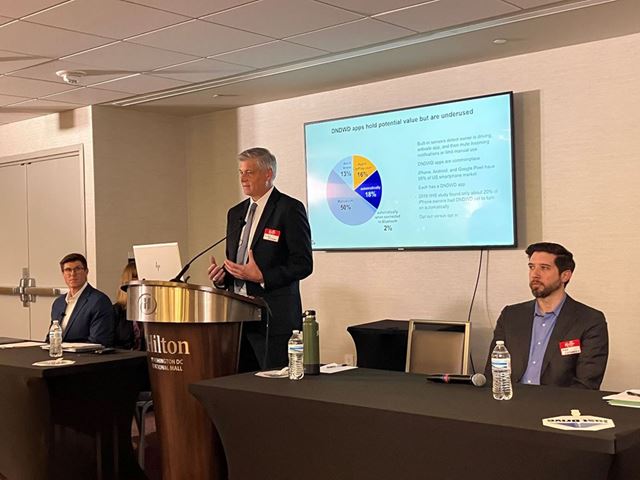
How Driver Monitoring Can Help
JT Griffin showed how the Seeing Machines Driver Monitoring system works.
A driver monitoring system is designed to detect what the driver is doing and where the driver is looking. It detects if their eyes are on the road and if they are looking at other parts in the vehicle cabin. Then the system is designed to intervene or to create a warning if dangerous conditions are detected, says Griffin.
Seeing Machines cameras detect eye gazes. The system can also tell if a person is smoking, wearing a seatbelt and if the driver is alert. Driver Monitoring can work well with ADAS systems.
"We believe that ADAS systems are made better and more robust when it is included with a driver monitoring system," says Griffin.
Griffin gave the example of automatic emergency braking, with Driver Monitoring the car can detect whether or not drivers are engaged. The car can break sooner or can break later, depending on the best practice. Based on the driver paying attention, the system can be more sensitive or lenient.
He noted that the European NCAP will be requiring driver monitoring and says, "I feel it is my duty as the representative of the industry to push for international harmonization. Of course, manufacturers love harmonizing."
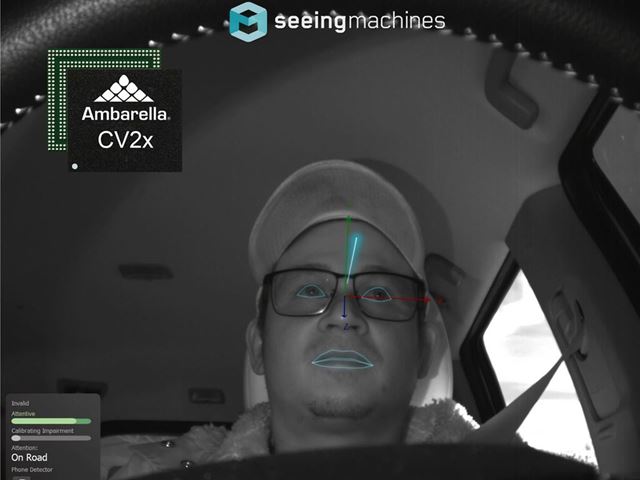
How Telematics with Training & Incentives Engages Drivers
Ryan McMahon, Senior Vice President of Strategy and Corporate Development at Cambridge Mobile Telematics (CMT) presented data from millions of drivers on the road using IoT devices or mobile phone sensors.
"We can create risk scores. We can help in crashes. We can automate a crash reconstruction and afterwards cost. Most importantly, we can actually change behaviour and have documented evidence of that,” explains McMahon.
The company can detect cell phone use and screen taps. They have developed reward and training programs with partners.
"Drivers who look at their trips get safer. CMT studied this many times. Every time they drive, they get a notification. They get a score, looking at their distraction or speeding, hard braking or acceleration. If you go in and look, you get better if you don't look, just measuring by itself doesn't do enough," says McMahon.
Engaged drivers are less distracted. When drivers come back to look at their behaviour, CMT can reduce the distraction by teaching the driver to be more engaged.
"We think that we can analyze current interventions to understand what works and what does not. We can help hopefully put a microscope on an issue that in the past has been dealt with with an abacus," concludes McMahon.
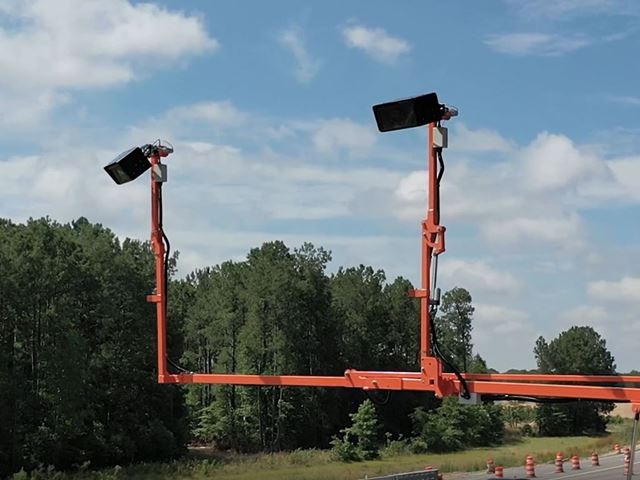
Proof that Enforcement Works
The most astounding proof of stopping cell phone use while driving is the Acusensus. The company developed cameras backed by AI that detect hands on cell phones through the windshield, speeding, seat belt use and license plates.
Alexander Jannink, Managing Director, Acusensus, founded the company after his friend riding a bicycle in Los Angeles was run over and killed by an impaired driver who was texting. The Acusensus program in New South Wales, Australia, is a huge success.
"In 2018, we successfully convinced the New South Wales Government of Australia to test and then adopt our full automated enforcement program," says Jannink.
He calls the program, "The world 's first jurisdiction to implement all enforcement against distracted driving and how it is, by US standards, eliminated distracted driving by mobile phone use."
Data showed that New South Wales road fatalities had a 20% reduction in road fatalities very quickly. Which has been sustained. It is now the safest road network in Australia, he says.
The Acusensus system maintains drivers' privacy.
"Privacy is important to us because any enforcement program has to have high public support. So we don't store any images of drivers. The only things that even police or authorities can see are if somebody is actually offending-- if the driver is not offending, then any images are instantly deleted."
The company is working with police in the US, deploying its technology for data gathering in 18 states.
There were many crashes in an area where the cameras were deployed in Missouri at a road work site. Acusensus found that some drivers were doing the trifecta- not wearing seat belts, actively using their mobile phones and speeding. Trifecta offenders have a 179x elevated risk of a collision over a sober attended driver, notes Jannink.
The company provides practical tools for law enforcement. Cameras are deployed with a police officer nearby. The police officers receive information via a cell phone network showing that the driver is using a cell phone or speeding. Then the officer can stop the driver.
"If somebody is offending, then an officer who can intervene can talk to them. That is the most powerful form of education you can have in comparison to trying to send something out in the mail," says Jannink.
Jennifer Smith, CEO of Stopdistractions.org, who put together the event, summed up the event this way, "We had the right people in the room all in there together. I think we are really going to do good things now. We can tackle distracted driving, and we have solutions. We have got to keep pushing. Let's challenge ourselves. These technologies are here. They are available. They are ready."
Popular Categories
